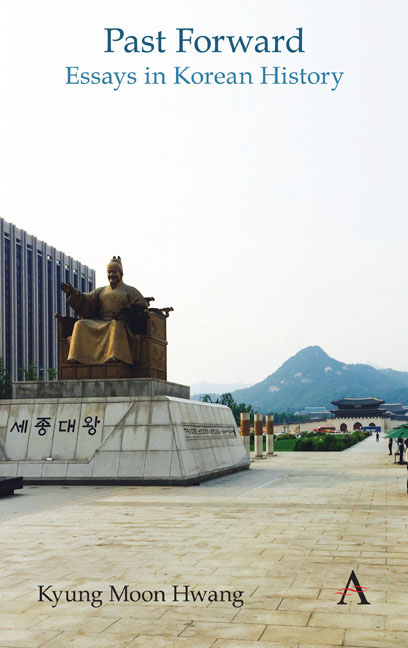Book contents
- Frontmatter
- Contents
- List of Figures
- Foreword
- Chronologies of Korean History
- Themes
- Acknowledgments
- Note on Romanization and Spelling
- Part I Circulating History
- Part II Durable Traditions
- Part III Ancient Remains
- Part IV Dynastic Depths
- 20 Currency and National Identity
- 21 Concubine Descendants
- 22 The Real Lives of Gisaeng Courtesans
- 23 A Shocking Execution
- Part V Modern Origins
- Part VI Challenges of Nationhood
- Part VII History Makers
- Part VIII External Presences
- Part IX Trials of Modernization
- Part X Gripped by the Past
- Index
22 - The Real Lives of Gisaeng Courtesans
from Part IV - Dynastic Depths
- Frontmatter
- Contents
- List of Figures
- Foreword
- Chronologies of Korean History
- Themes
- Acknowledgments
- Note on Romanization and Spelling
- Part I Circulating History
- Part II Durable Traditions
- Part III Ancient Remains
- Part IV Dynastic Depths
- 20 Currency and National Identity
- 21 Concubine Descendants
- 22 The Real Lives of Gisaeng Courtesans
- 23 A Shocking Execution
- Part V Modern Origins
- Part VI Challenges of Nationhood
- Part VII History Makers
- Part VIII External Presences
- Part IX Trials of Modernization
- Part X Gripped by the Past
- Index
Summary
The people most commonly associated with romantic love in Korean folklore are the gisaeng courtesans, and the popular impression of their glamor and beauty appears to have taken shape through famous paintings and appealing tales from the late Joseon era.
Their beginnings date much further back, however, and their role in the social and cultural development of the country was significant, all the way to recent times. The gisaeng appear to have originated in the early Goryeo era (935–1392), and as they would until the twentieth century, their main identities were as government servants, in the sense not of civil service but rather of hereditary bondage. This low social status reflected their official duties to government officials and their guests: artistic performances as well as sexual services.
The further institutionalization of these multiple roles of subservience developed hand-in-hand with their growing significance as transmitters of Korean cultural forms in music, dance and literature. In the early Joseon era (1392–1897), the most famous gisaeng was Hwang Jini, from Gaeseong (or Songdo), the former capital of Goryeo, who was renowned for both her beauty and remarkably evocative poetry. Many of these poems survive to this day, and they speak powerfully to universal themes, including nature, sorrow, beauty and of course romantic love.
This somewhat strange and contradictory combination of roles placed the gisaeng in an odd social position: women who readily interacted with the most powerful but who belonged to, and were usually treated as, people whose social status barely rose above that of slaves. In fact, they were slaves, in that they rarely could escape their low birth status. They were also sexual slaves, due to the solidification of their role as concubines for the nobility and other highly privileged males. Very few children of these sexual unions, with fathers belonging to the uppermost level of society and mothers to the lowermost, could escape that stigma, although many of them tried.
This perhaps was an originating element behind the most famous Korean folk tale, the “Tale of Chunhyang.” This story is often accepted as a sterling representation of Korean traditional culture, but it also symbolizes the multiple, contradictory and likely painful lives of the gisaeng.
- Type
- Chapter
- Information
- Past ForwardEssays in Korean History, pp. 63 - 64Publisher: Anthem PressPrint publication year: 2019



